In today’s fast-paced digital world, having a strong social media presence is no longer optional for small businesses—it’s a critical component of any successful marketing strategy. But it’s not just about posting content randomly. It’s about developing a thoughtful, strategic approach that speaks to your target audience and drives measurable outcomes. At The Wildflower Media, we understand the unique challenges small businesses face when it comes to digital marketing. That’s why we focus on helping businesses not only develop an online presence but create one that fosters growth, engagement, and real ROI.
This comprehensive guide will walk you through the essential steps of building a social media marketing strategy that works for your business, no matter where you are in your journey. From understanding your audience to choosing the right platforms, optimizing your content, and using data to improve results, we cover every detail. Along the way, we’ll link you to deeper blog posts so you can dig even further into each section. By the end of this post, you’ll be equipped with the knowledge to craft a social media strategy that will help your business grow and thrive.
Table of Contents
- Why a Social Media Strategy Matters
- Set Your Social Media Goals
- Know Your Audience Inside and Out
- Build a Content Plan That Works
- Optimize Posting Frequency and Timing
- Use Data and A/B Testing to Improve Results
- Understand Your Metrics
- Differentiate Your Brand
- Boost Growth with Paid Social Ads
- Stay Consistent and Evaluate Often
- Choosing the Right Platforms
- How Content Marketing Ties In
- Tools That Make Social Media Easier
- Final Thoughts and Next Steps
1. Why a Social Media Strategy Matters
A successful social media presence doesn’t happen by accident—it requires a clear, intentional strategy. Think of a social media strategy as your blueprint: it’s the foundation that shapes everything from your content creation to your audience targeting. Without it, you risk posting content aimlessly and wasting valuable time and resources. A solid strategy helps you stay focused on your goals and ensures that every action you take on social media is purposeful.
Here are a few reasons why having a strategy is so crucial:
- Reach the right audience: When you target your audience effectively, your content will resonate and drive engagement.
- Post with purpose: A well-defined strategy helps eliminate the guesswork from posting.
- Track and measure results: Knowing what you’re trying to achieve allows you to measure success and optimize performance.
- Maintain consistency: A strategy keeps you on track, especially when you’re juggling multiple tasks as a small business owner.
In the end, a clear strategy makes everything else more efficient and effective. A plan isn’t just about planning for the future—it’s about making better, more informed decisions now.
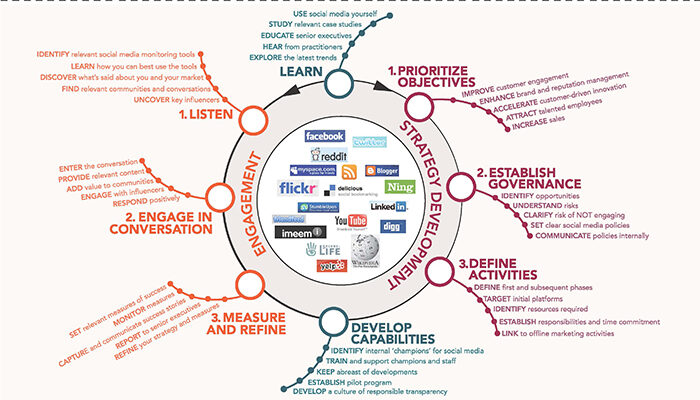
Need help setting up your social media strategy?
Book a strategy session with The Wildflower Media today!
2. Set Your Social Media Goals
Before you dive into creating content or choosing platforms, you need to set clear, measurable goals. Without specific goals, it’s easy to get sidetracked and waste time on tactics that don’t move the needle. Social media goals should align with your broader business objectives and focus on achieving outcomes that will benefit your brand in the long term.
Effective goals should be SMART: Specific, Measurable, Achievable, Relevant, and Time-bound. Some examples of social media goals include:
- Increase brand awareness: Focus on growing your reach in specific regions or among particular demographics.
- Drive more traffic to your website: Use social media to encourage visitors to explore your site and learn more about your products or services.
- Generate leads: Whether it’s through sign-up forms, free resources, or offers, aim to capture valuable leads via your social channels.
- Boost your email list: Email marketing remains one of the most effective channels for small businesses. Use social media to promote your email sign-up forms.
Setting these types of goals gives you a clear direction and allows you to measure your progress. For more information on tracking social media success, check out our post on Measuring Social Media Success: How to Track Your Growth and Improve Results.
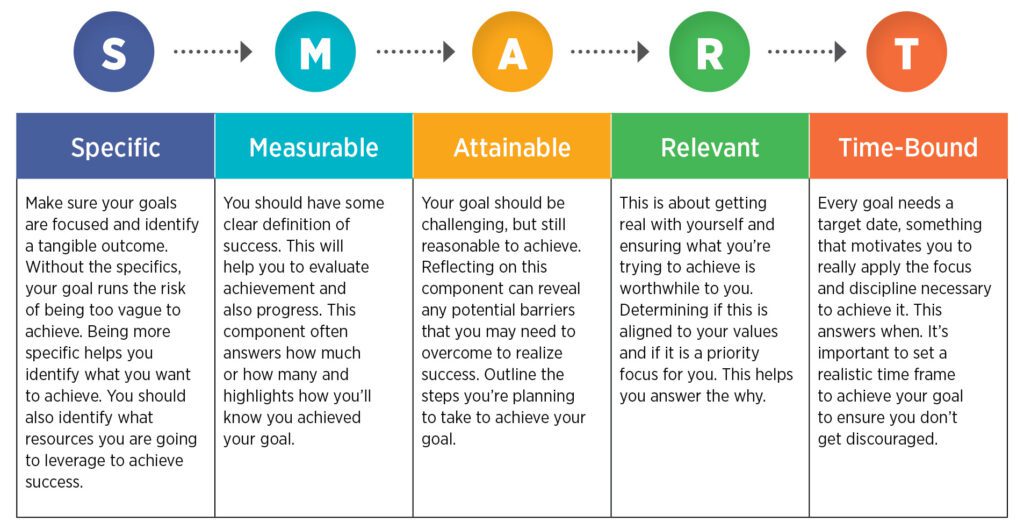
3. Know Your Audience Inside and Out
Understanding who your audience is and what they care about is the bedrock of any successful social media strategy. Without deep audience insights, you risk creating content that falls flat. Audience research allows you to create audience personas—fictional representations of your ideal customers. These personas should include information like:
- Demographics: Age, gender, location, occupation, and interests.
- Pain points: What challenges does your audience face, and how does your product or service solve them?
- Online behavior: What social media platforms do they use most? What type of content do they engage with?
To dig deeper into audience insights, use tools like Facebook Insights, Instagram Analytics, and Google Analytics to see who’s interacting with your content. Learn more about how to use these insights in How to Analyze Audience Insights to Create Better Content. Understanding your audience helps you make better decisions and creates more effective content.
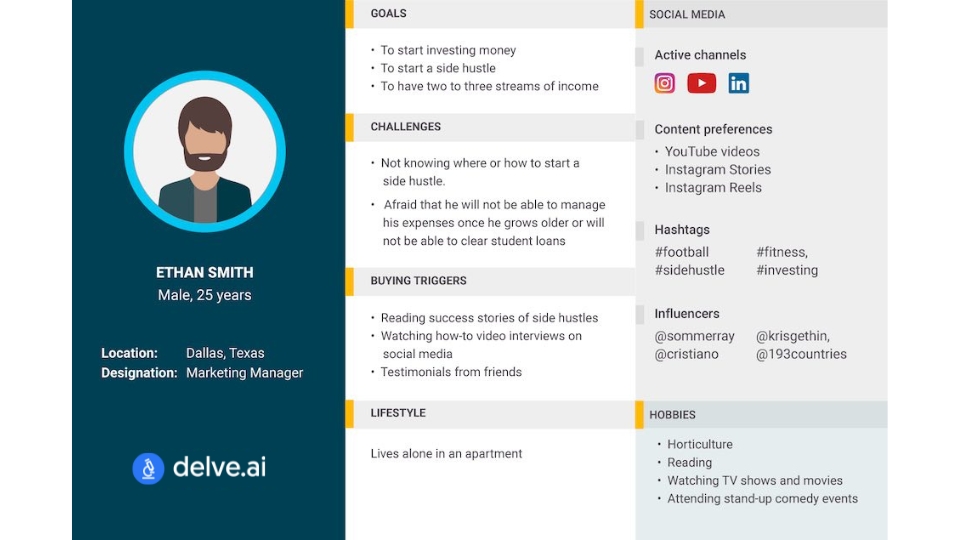
4. Build a Content Plan That Works
Your content is the backbone of your social media marketing efforts, and creating a plan ensures that you consistently post content that resonates with your audience. Start by identifying your content pillars—the core topics you want to cover on social media. These pillars should reflect both your brand values and your audience’s interests.
Some popular content pillars for small businesses include:
- Educational content: Share tips, how-to’s, or tutorials related to your industry.
- Behind-the-scenes content: Show the human side of your business, giving followers a peek into your daily operations.
- Customer success stories: Highlight testimonials and positive reviews to build trust.
- Lifestyle content: Share content that reflects your brand’s values or connects to your audience’s passions.
Create content in batches to save time and stay organized. This approach ensures you’re not scrambling for new ideas each week. For more help on organizing your content, check out How to Create a Month’s Worth of Social Media Content in Just One Day.
Download our free content calendar template today to plan and organize your posts ahead of time.
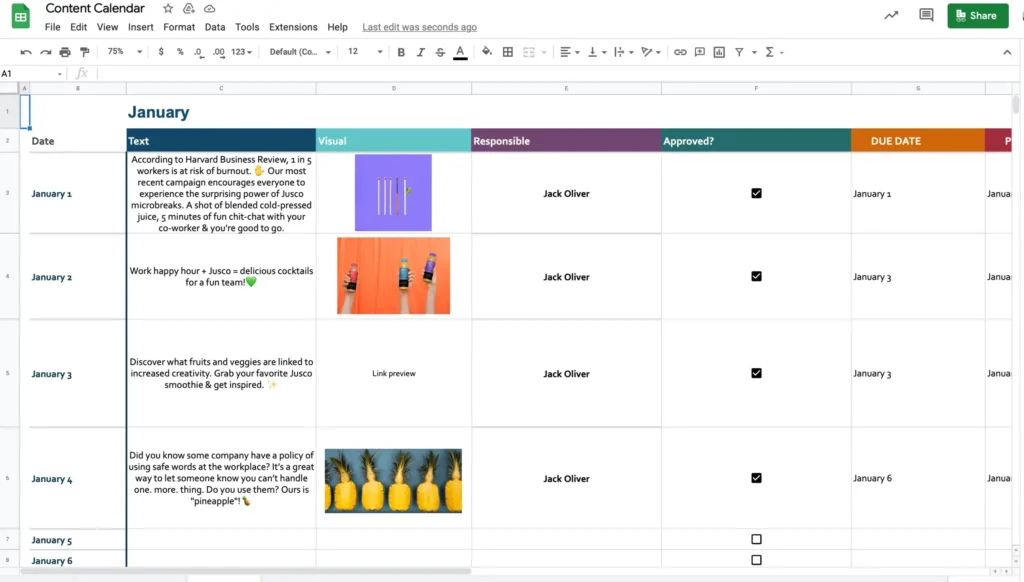
5. Optimize Posting Frequency and Timing
Consistency is key when it comes to social media, but you also need to post at the right times to maximize engagement. Posting too often can overwhelm your audience, while posting too infrequently can cause them to forget about you. There’s no magic formula for the perfect posting frequency—it depends on your audience, the platform, and your resources. However, the important thing is to remain consistent, whether that means posting daily, a few times a week, or weekly.
Each platform also has its own peak times for engagement. For example, Instagram sees higher engagement in the early evening, while LinkedIn tends to do best during business hours. Use tools like Later or Buffer to schedule posts and ensure your content is going out when your audience is most active.
For more platform-specific posting tips, check out How Often Should You Post on Social Media? The Ultimate Guide for Each Platform.
6. Use Data and A/B Testing to Improve Results
Testing and tracking are essential components of any successful social media strategy. A/B testing allows you to compare two variations of a post and determine which one performs better. Whether you’re testing headlines, visuals, captions, or even posting times, A/B testing helps you make data-driven decisions and improve performance over time.
Start simple by testing just one element at a time (e.g., a caption or image). Over time, you’ll gain valuable insights into what resonates best with your audience and can refine your strategy accordingly.
To get started with testing, check out Beginner’s Guide to Social Media A/B Testing. You can also learn more about using data in How Can I Use Data to Improve My Social Media Strategy?.

7. Understand Your Metrics
Tracking the right metrics is crucial for measuring the success of your social media strategy. Different metrics will be important depending on your goals, but there are several key performance indicators (KPIs) that you should keep an eye on, including:
- Reach and impressions: How many people are seeing your content?
- Engagement rate: How many people are interacting with your posts?
- Click-through rate (CTR): Are people clicking the links in your posts?
- Conversion rate: How many of those clicks lead to a desired action, such as a sale or sign-up?
Keep track of these metrics using tools like Google Analytics, Facebook Insights, or Sprout Social to measure your progress and adjust your strategy. For more on social media metrics, read Top Social Media Metrics Every Marketer Should Track.
Need help auditing your metrics? Let us conduct a free mini-audit for your social media performance.
8. Differentiate Your Brand
Standing out in a crowded social media landscape is essential for success. Your brand needs to have a unique voice, personality, and visual identity that resonates with your target audience. To differentiate your brand:
- Show the faces behind your brand: Let your audience get to know the people behind the business.
- Share customer stories and testimonials: Word-of-mouth and social proof go a long way in building trust.
- Create a signature visual style: Consistent branding across all your visuals will help your posts stand out in the feed.
- Develop a brand voice guide: Make sure your tone and messaging are consistent across all posts.
For more tips on how to make your brand stand out, check out How to Stand Out: Easy Tips to Differentiate Your Brand.

9. Boost Growth with Paid Social Ads
Organic reach on social media is more challenging than ever, and that’s where paid social ads come in. Ads can help you reach new audiences, promote special offers, and increase brand visibility.
The key to successful paid advertising is targeting the right audience. Use Facebook Ads Manager, Instagram Ads, or LinkedIn Ads to create ads that align with your overall strategy. Start by testing small campaigns and scaling up as you see results. For tips on how to use social ads effectively, check out Mastering Ad Targeting: How to Reach Your Ideal Audience.
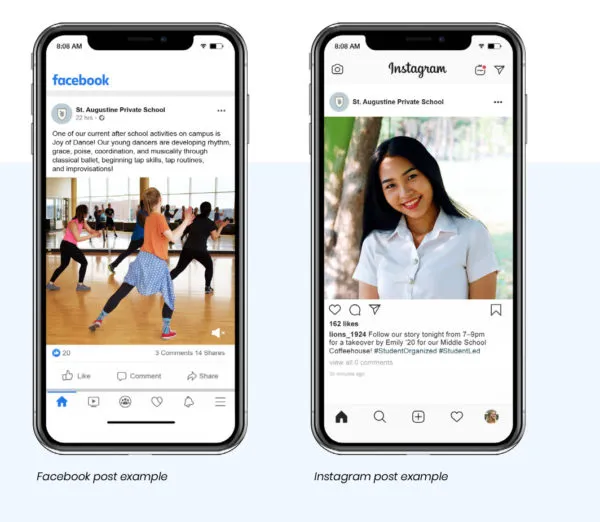
10. Stay Consistent and Evaluate Often
Social media is an ongoing effort that requires continuous optimization. Set a schedule to regularly review your content, performance metrics, and audience feedback. Make sure your strategy stays aligned with your goals and that you’re adapting to any changes in trends, platform algorithms, or audience preferences. Regularly evaluate your performance and keep an eye on what’s working and what isn’t. By staying flexible and adaptable, you can continue to improve your results over time.
11. Choosing the Right Platforms
You don’t need to be on every social media platform. The key is to choose the platforms where your audience spends their time and where your content can perform best. Each platform has its own unique advantages and is better suited for different types of content.
- Instagram: Best for visual content, such as photos, stories, and reels.
- Facebook: Ideal for community building, local businesses, and longer-form posts.
- LinkedIn: Perfect for professional services, B2B marketing, and networking.
- TikTok: Best for younger audiences and short, creative videos.
12. How Content Marketing Ties In
Your social media strategy should not exist in isolation. It’s most effective when it complements a larger content marketing strategy. Blog posts, email newsletters, and lead magnets should all feed into your social media efforts, helping to drive traffic and conversions. Check out What is Content Marketing? for more on how content marketing supports your social media efforts.
13. Tools That Make Social Media Easier
You don’t have to do everything manually. There are many tools available that can help automate, streamline, and optimize your social media efforts. From content creation to scheduling to analytics, the right tools can save you hours each week. Top tools to consider include:
- Canva: For graphic creation
- Later or Buffer: For scheduling posts
- Trello or ClickUp: For content planning
- Google Analytics: For tracking website performance
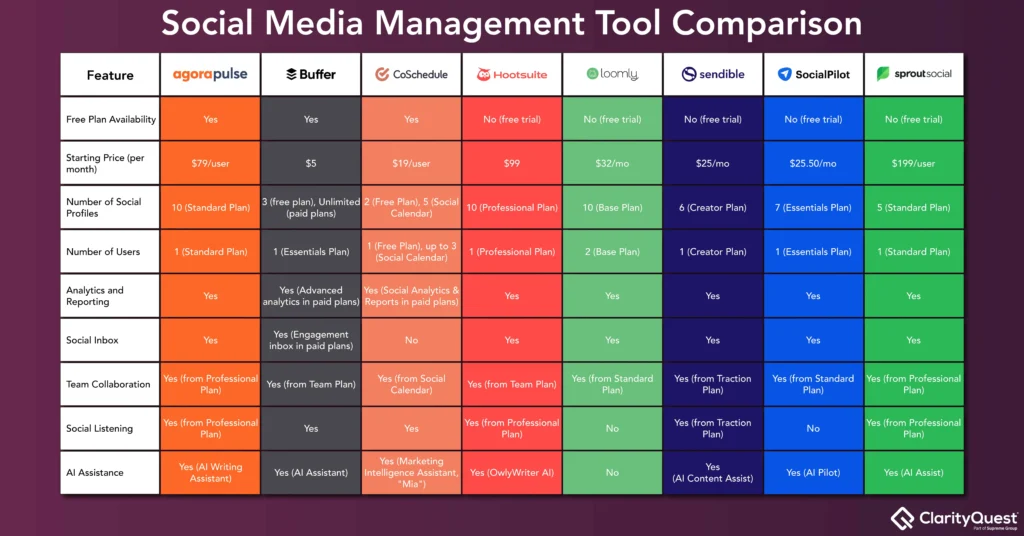
14. Final Thoughts and Next Steps
Building an effective social media marketing strategy may seem daunting at first, but with the right approach, it’s entirely achievable. Start with clear goals, understand your audience, and create valuable content that aligns with your brand’s mission. As you refine your approach, remember to use data to improve performance and keep evolving to meet your audience’s needs.
Ready to take your social media strategy to the next level? Let’s get started!